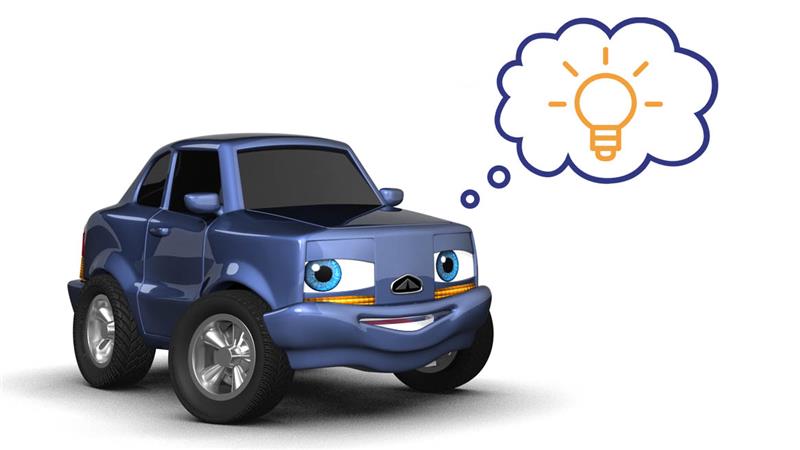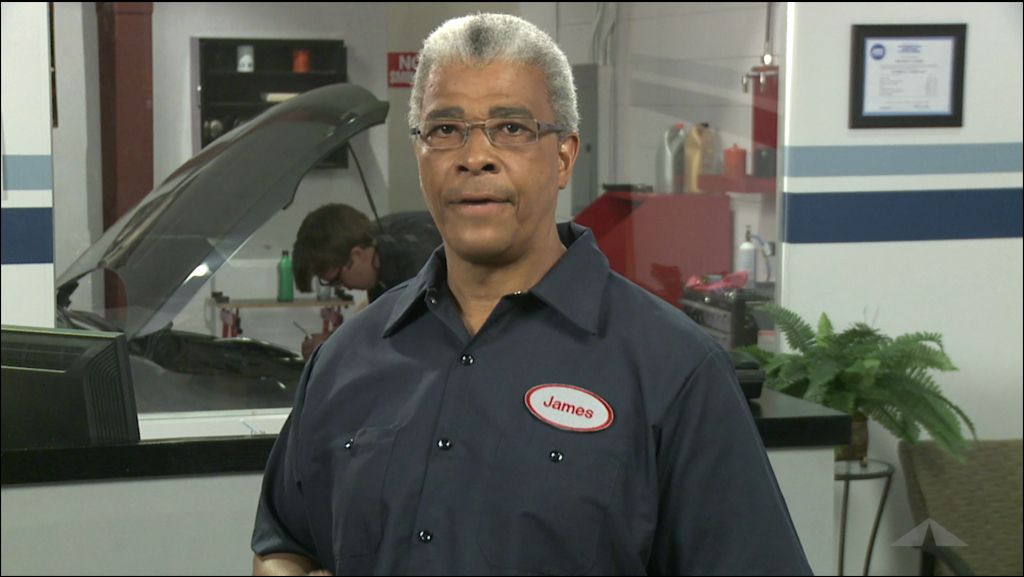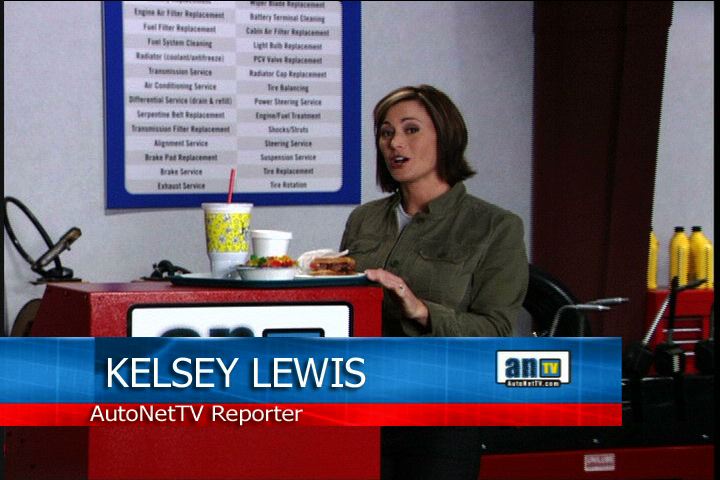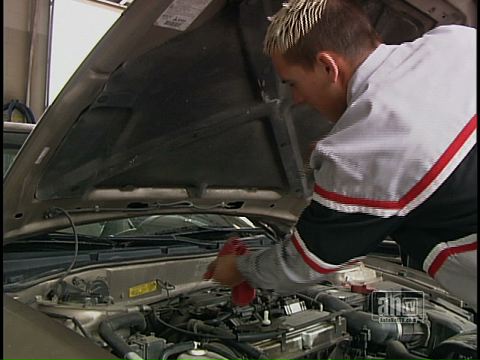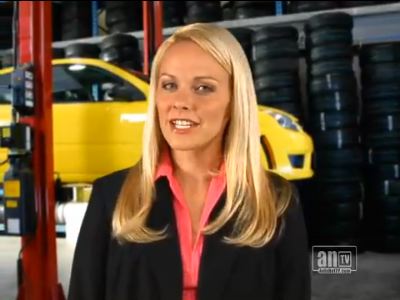Automotive design has come a long way since the days of the Model T, especially when it comes to safety technology. You can thank computers for a lot of the latest innovations. Here are a few that have been making their mark in recent years.
Adaptive cruise control. This is cruise control with a brain. Not only will adaptive cruise control keep your vehicle going at a steady speed, it will also slow it down and even stop it if the vehicle ahead of you slows down and stops.
Automatic emergency braking. We’ve all been distracted while driving, and you’ve probably been in a situation where the driver ahead of you has suddenly stopped. Or maybe your attention wandered for a minute and you looked up to see your vehicle closing in fast on the car ahead of you. (After all, there are a lot more distractions in your vehicle these days.) New systems that use cameras, lasers and other types of sensors will warn you to start braking. If you don’t heed the warning, they’ll put on the brakes for you.
Blind spot warning. We all worry about hitting a car approaching from behind and on either side if we are changing lanes. Rearview mirrors cover some blind spots but they’re not foolproof. Enter the blind spot warning system; it warns you with a noise or a light if a vehicle is in a spot you might not be able to see.
Lane departure warning. We all try to stay in our lane, but sometimes our attention wanders. If you start to drift out of your lane, new warning systems using cameras and other sophisticated sensors will tell you to get back in your lane. Some send an audible warning, others use a vibration or warning light. Some will even steer your vehicle back into the lane.
Rearview camera. There was a time when trucks and SUVs were involved in horrible accidents because the drivers couldn’t see what was behind them as they backed up. Children and pets were among the tragic victims. Now, inexpensive rearview cameras are required in the U.S. and Canada, saving lives and providing much more peace of mind for drivers of vehicles with rear visibility issues.
It’s important to make sure this safety technology is working correctly for these systems to be effective. Your service facility can check and maintain these systems as the manufacturer recommends.
Tylers Auto TV
12485 SW MAIN ST
TIGARD, OR 97223
(503) 639-5588
http://www.tylersautomotive.com

